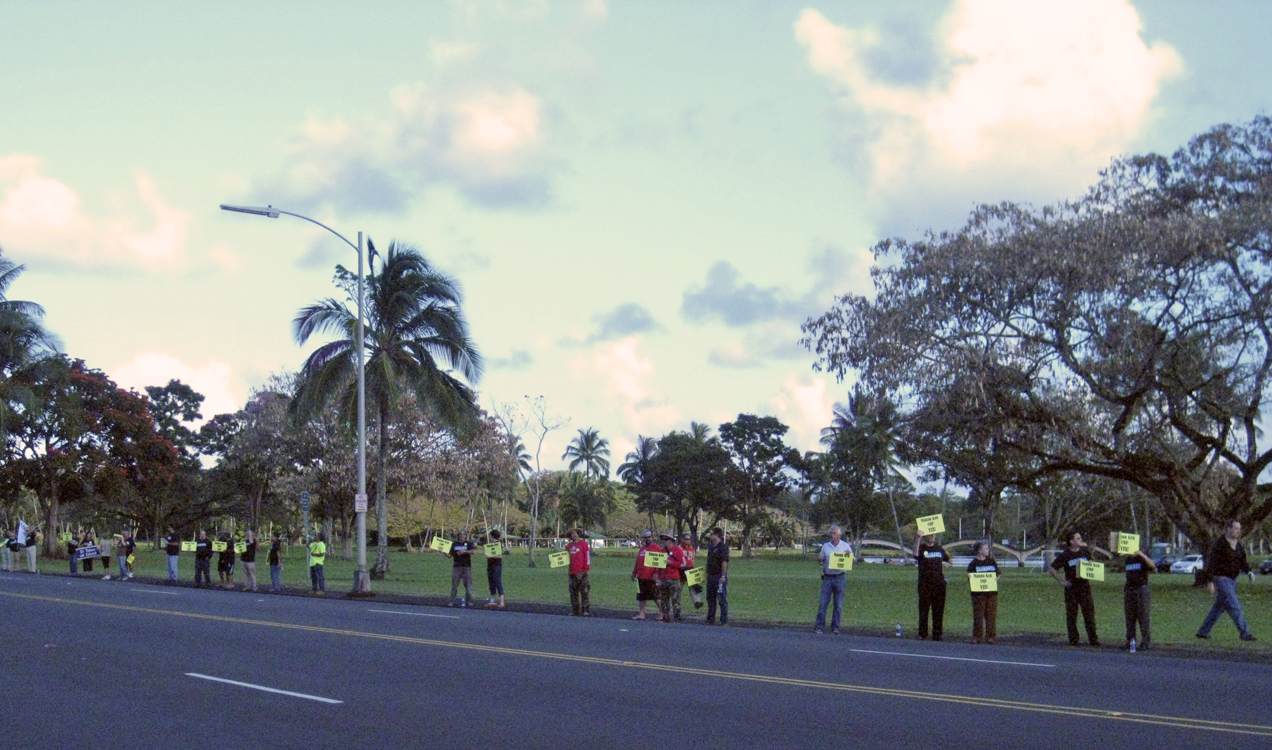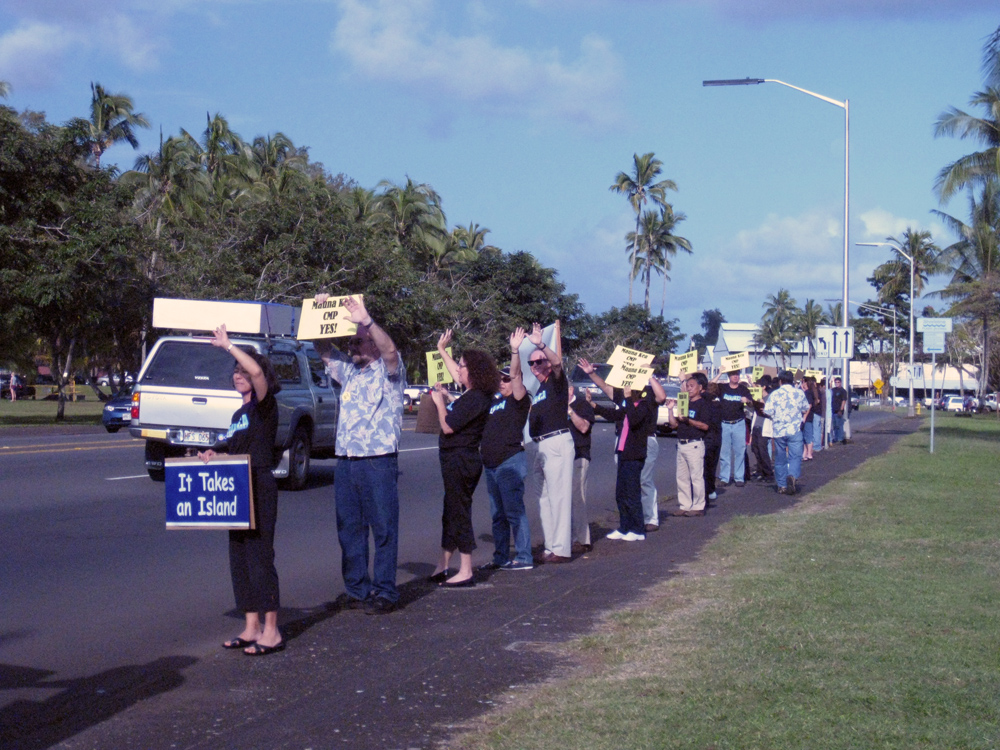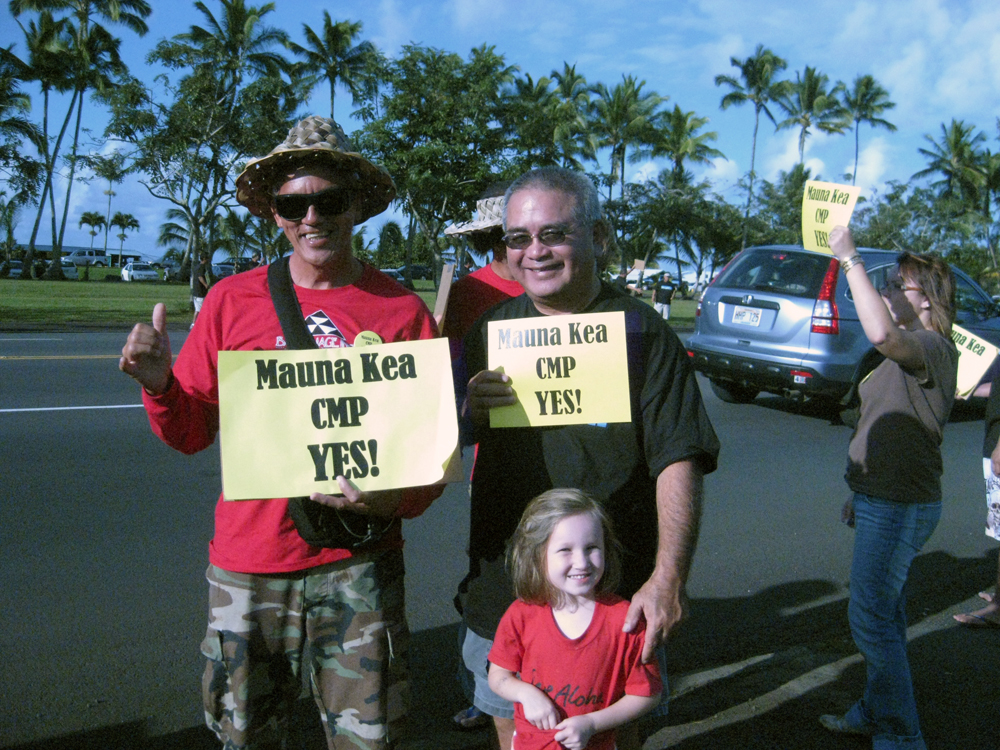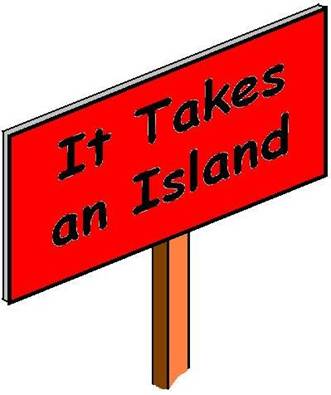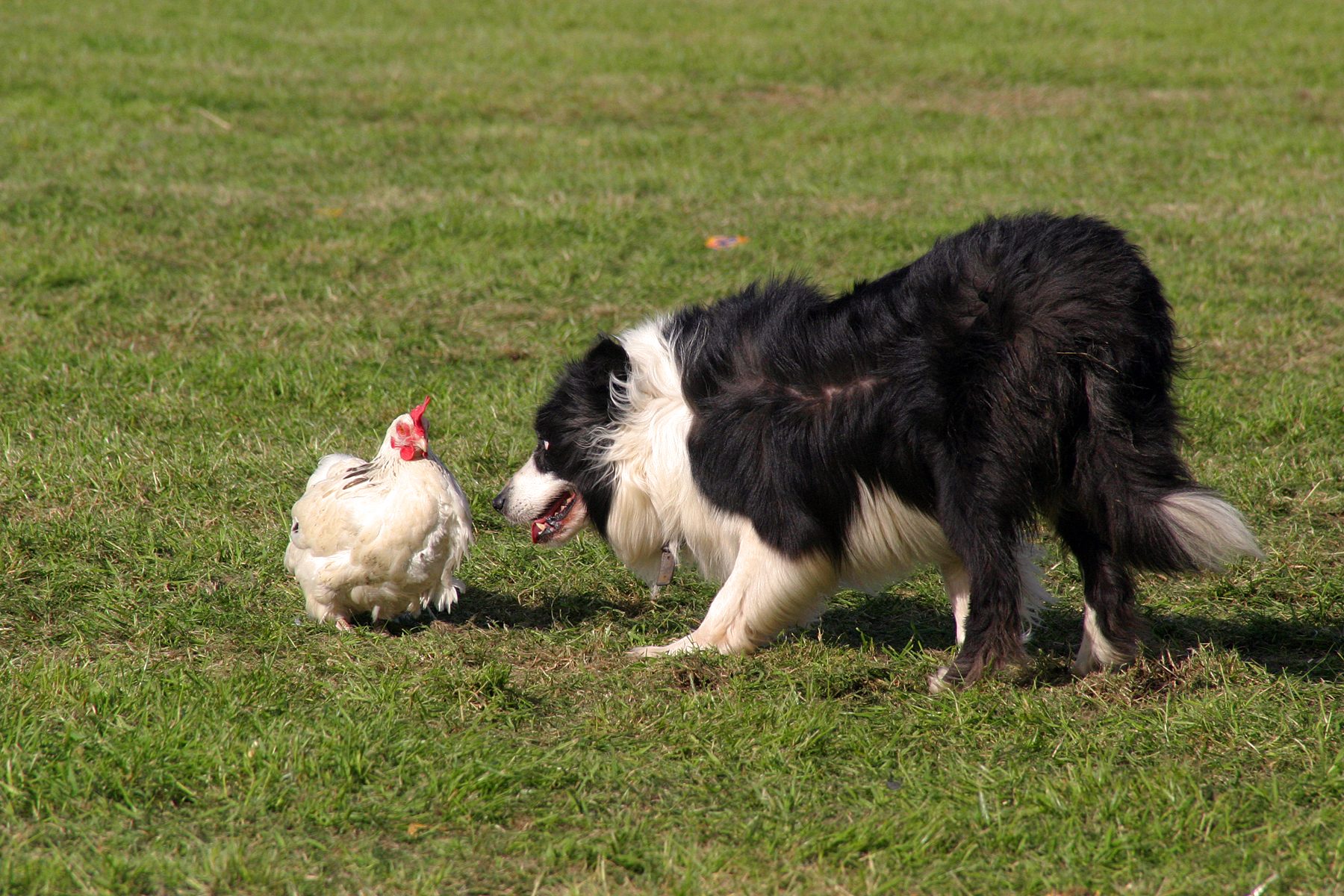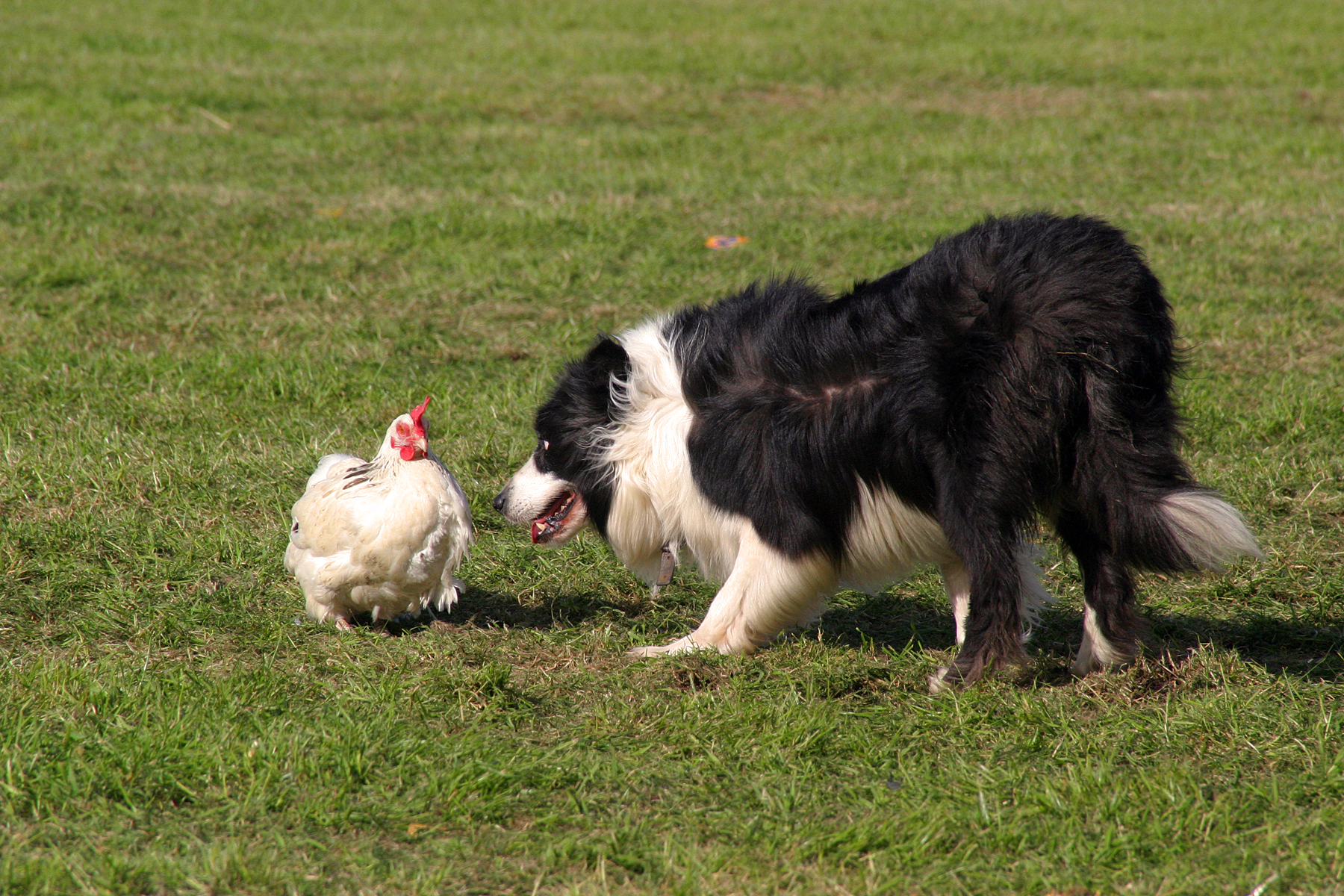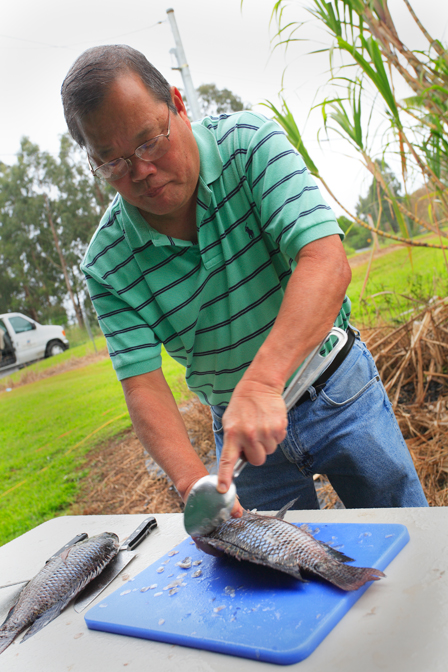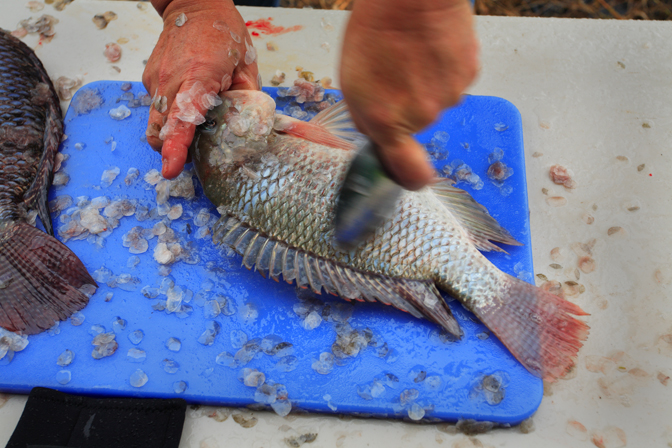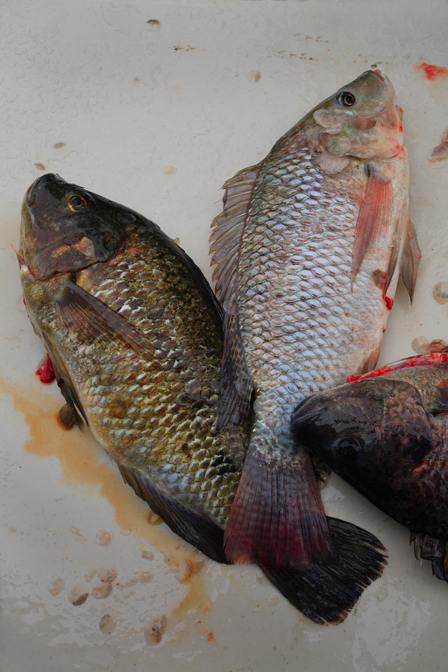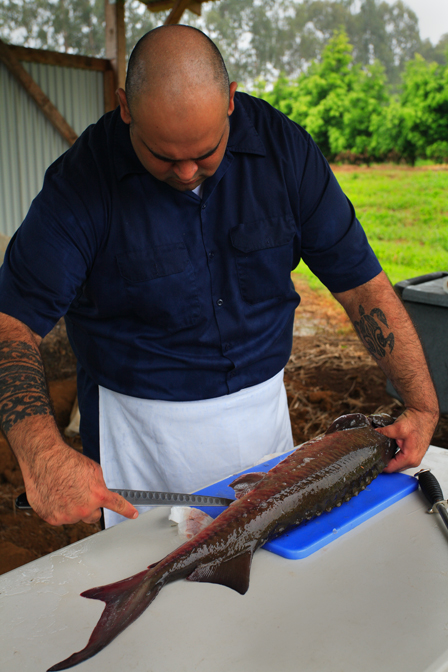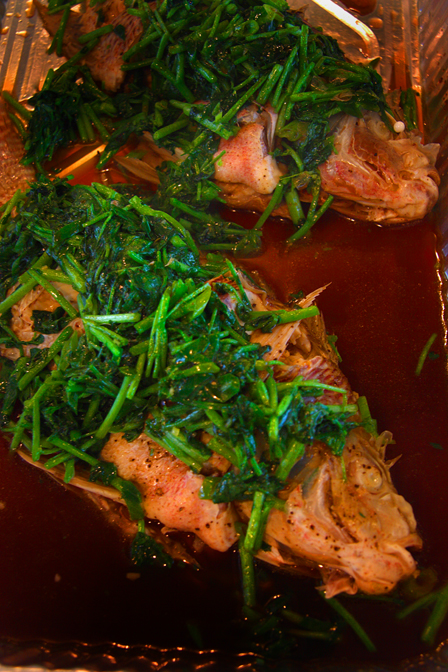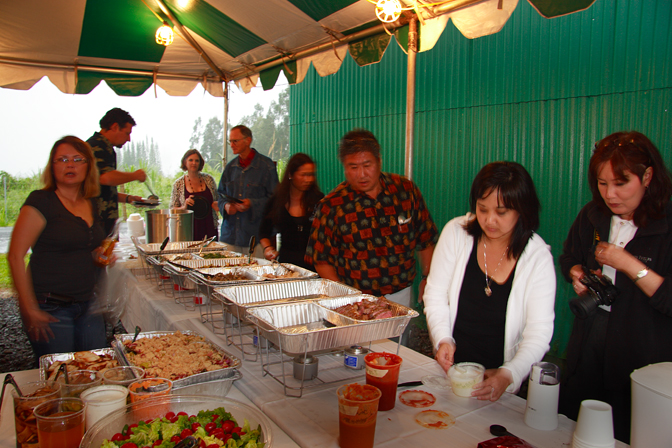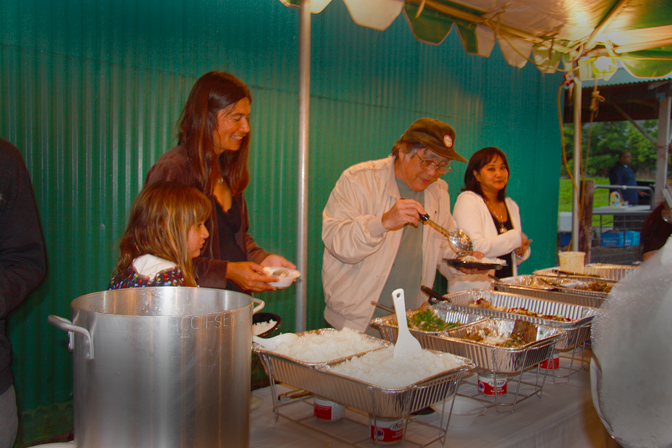There will be a “sign waving” event in support of the Mauna Kea Comprehensive Management Plan, and the idea of Malama Mauna Kea, on Monday, April 6th, between 4 and 6 p.m. near the Kamehameha statue at the Hilo bayfront.
We encourage everyone to join us to show the rest of Hawai‘i how things should be done. Bring your kids; this is going to be a historic event.
Hamakua Springs will give one clamshell of grape tomatoes per family to the first 150 people who come to the event.
The Superferry just left town. That was a prime example of how not to do things.
A much better example is what we are working on right now for Mauna Kea – putting together a Comprehensive Management Plan (CMP) that provides for taking care of the mountain, together with giving rangers on the mountain the power to issue tickets to offenders that are not following rules to that end.
Most people agree that to malama Mauna Kea – to take care of Mauna Kea – should be our top priority.
I also hear people saying that Mauna Kea is our kuleana. It is our responsibility. Let us take care.
One reason people have been so angry over the years was that although Mauna Kea was our kuleana here on the Big Island, it was being managed from O‘ahu by the University of Hawai‘i at Manoa.
The control of Mauna Kea by UH Hilo is much better, because control is here on the Big Island now. This allows us to talk story and change things if we need to. People can serve on the Kahu Ku Mauna board or the Mauna Kea Management Board. Because they are not paid, it depends on how much time and commitment one can afford to give.
Another thing people are concerned about is that there is no way to keep people from doing things that are dangerous or destructive. For example, the rangers tell about coming across unresponsive children under the age of 2. The kids cannot talk, so their parents do not know if they are okay in the high altitude or not. They deserve a ticket for being stupid.
People tear down lele, religious altars, and the rangers cannot do anything. People use two-wheel drive and slide off the mountain. Give them tickets; they could hurt other people. That does not even take into consideration the trash that the rangers have to pick up, and the spray-painted graffiti that happens. I say, give them tickets.
Cultural and religious practitioners, though, should be given free access to the mountain. I think that it is not too much to have them talk story with Kahu Ku Mauna, so they know who is legitimate and who is just trying to get around the rules. For example, if someone, as part of the culture, needs to go up the mountain for a sunrise ceremony, I think that there should no problem for that person to go up by 4 a.m. so there is enough time to prepare properly. There should be no question that this is fine. But the guys who are just trying to get around the rules should get a ticket—even if they are Hawaiian.
I testified before the Senate Water, Land, Agriculture and Hawaiian Affairs committee last week on behalf of allowing UH Hilo to do rule-making (i.e., allowing for the Mauna Kea rangers to be able to enforce set rules). There is a safety valve to this—rule making is a public process. No one can make rules without the public having input.
This is not just a UH Hilo power grab. I personally would fight UH to the end if it ever became that.
The provision to set up a fund is not for telescope rents; it is for incidental things having to do with managing the resources on the mountain.
Some people say that DLNR should make the rules and be in control of the management of Mauna Kea. I say, “Be careful about what you wish for.”
I worry about the “game warden” mentality. I would much rather have the ability to talk story with the UH Hilo Rangers and Kahu Ku Mauna. They are here on the Big Island.
I am 1000 percent against people from other islands having a say about our kuleana, Mauna Kea.
I was not there at the recent Mauna Kea Management Board hearing, but I understand that the Kanaka Council and Hanalei Fergerstrom said that they will support the CMP if religion is acknowledged as having special status. I agree with this. But we have to make sure that we are talking about Hawaiian practices.
The CMP is about Malama Mauna Kea. I think that we all can agree that this is the most important thing and needs to be done before anything else.
Specific projects will need to stand on their own merits. They will have to follow the CMP and also do an EIS.
The Superferry did not even have a Comprehensive Management Plan. Then they also went around the EIS process. They gambled, and they lost big.
All of us, pro and con, have added to the process of Malama Mauna Kea. We are not on different sides; we are all in this together! Mahalo, everyone!

